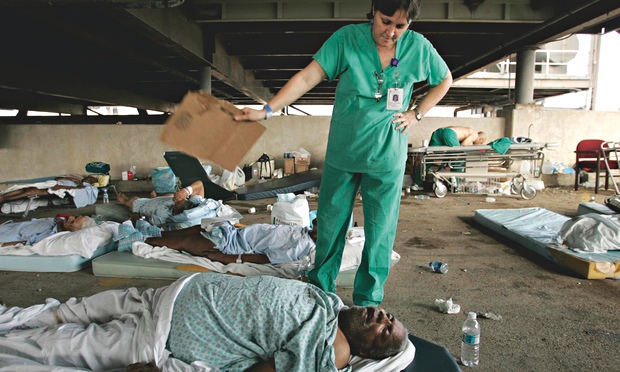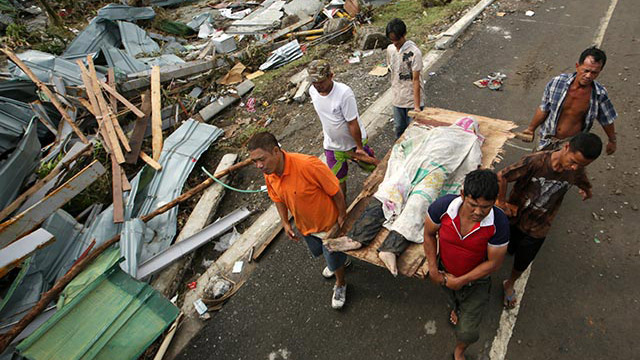“Deadliest Railway Accident in Metrolink’s History”
 The Chatsworth train collision occurred at 4:22pm on Friday, September 12, 2008, when a Union pacific freight train and a Metrolink commuter train collided head-on in the Chatsworth district of Los Angeles, California. A northbound commuter train, holding mostly Moorpark and Simi Valley residents, collided with a Union Pacific freight train, killing 25 and injuring 135 others; 46 of them were critical. The scene of the accident was a curved section of single track on the Metrolink Ventura County Line just east of Stoney Point. The Simi Valley Acorn writes that according to the National Transportation Safety Board (NTSB), which investigated the cause of the collision, the Metrolink train ran through a red signal before entering a section of single track where the opposing freight train had been given the right of way by the train dispatcher. The NTSB faulted the Metrolink train’s engineer for the collision, concluding that he was distracted by text messages he was sending while on duty.
The Chatsworth train collision occurred at 4:22pm on Friday, September 12, 2008, when a Union pacific freight train and a Metrolink commuter train collided head-on in the Chatsworth district of Los Angeles, California. A northbound commuter train, holding mostly Moorpark and Simi Valley residents, collided with a Union Pacific freight train, killing 25 and injuring 135 others; 46 of them were critical. The scene of the accident was a curved section of single track on the Metrolink Ventura County Line just east of Stoney Point. The Simi Valley Acorn writes that according to the National Transportation Safety Board (NTSB), which investigated the cause of the collision, the Metrolink train ran through a red signal before entering a section of single track where the opposing freight train had been given the right of way by the train dispatcher. The NTSB faulted the Metrolink train’s engineer for the collision, concluding that he was distracted by text messages he was sending while on duty.
 The crash left 25 dead, including the engineer, Robert Sanchez, who had reportedly sent or received 43 text messages while on duty that day. His last message – to a teenage boy who he had told could operate the train later that day -was made just 22 seconds before the crash. Following the 16-month investigation, the board recommended to the Federal Railroad Administration that trains be installed with audio and video recorders to be assured that railroad employees are following safety rules. This event became the deadliest railway accident in Metrolink’s history. There was more than $7,100,500 in damage.
The crash left 25 dead, including the engineer, Robert Sanchez, who had reportedly sent or received 43 text messages while on duty that day. His last message – to a teenage boy who he had told could operate the train later that day -was made just 22 seconds before the crash. Following the 16-month investigation, the board recommended to the Federal Railroad Administration that trains be installed with audio and video recorders to be assured that railroad employees are following safety rules. This event became the deadliest railway accident in Metrolink’s history. There was more than $7,100,500 in damage.
 Responders: this “mass casualty event” brought massive emergency response by both the city and county of Los Angeles, but the nature and the extent of physical trauma taxed the available resources. The captain of the LAFD called for every heavy search and rescue unit in the city. Responders included CEMP (California Emergency Mobile Patrol Search and Rescue) as first responders, requested by LAPD. Firefighters, EMTs, air ambulances, public health officials, sheriffs, police officers, and healthcare providers responded to this event in order to triage those involved. Hundreds of emergency workers were involved.
Responders: this “mass casualty event” brought massive emergency response by both the city and county of Los Angeles, but the nature and the extent of physical trauma taxed the available resources. The captain of the LAFD called for every heavy search and rescue unit in the city. Responders included CEMP (California Emergency Mobile Patrol Search and Rescue) as first responders, requested by LAPD. Firefighters, EMTs, air ambulances, public health officials, sheriffs, police officers, and healthcare providers responded to this event in order to triage those involved. Hundreds of emergency workers were involved.
 This disaster is incredibly significant to me because I watched it unfold for hours on my television screen. My education was scheduled to begin the following month, but I knew that I wanted to be there. I contemplated driving to the scene but knew I was not qualified to help even though it occurred less than 15 miles from my home. This is when I knew I wanted to enter the healthcare industry, somehow, someway. Seven years later (today), I would drive to the scene without hesitation. I hope that we are better prepared for a similar event. There was no discussion about Ventura County responders, but I would assume that they could help in any way they could. All I know is that I will be there as a responder who is now qualified to help next time something of this nature occurs!
This disaster is incredibly significant to me because I watched it unfold for hours on my television screen. My education was scheduled to begin the following month, but I knew that I wanted to be there. I contemplated driving to the scene but knew I was not qualified to help even though it occurred less than 15 miles from my home. This is when I knew I wanted to enter the healthcare industry, somehow, someway. Seven years later (today), I would drive to the scene without hesitation. I hope that we are better prepared for a similar event. There was no discussion about Ventura County responders, but I would assume that they could help in any way they could. All I know is that I will be there as a responder who is now qualified to help next time something of this nature occurs!
Information and images included are courtesy of Simi Valley Acorn and Foxnews.com


 Wow! I can’t believe this semester is almost over! Actually, the last three years have truly flown faster than I had ever expected. It is true what the students from prior semesters and faculty shared with us at our first orientation regarding the cohesiveness and strong bonds we would form with one another by the end of the three years. It is strange to think that we all sat together in a room three years ago, and didn’t speak or know one another. It feels as though we have become a family – in the truest sense of the word, with all the ups and downs all families experience.
Wow! I can’t believe this semester is almost over! Actually, the last three years have truly flown faster than I had ever expected. It is true what the students from prior semesters and faculty shared with us at our first orientation regarding the cohesiveness and strong bonds we would form with one another by the end of the three years. It is strange to think that we all sat together in a room three years ago, and didn’t speak or know one another. It feels as though we have become a family – in the truest sense of the word, with all the ups and downs all families experience.




